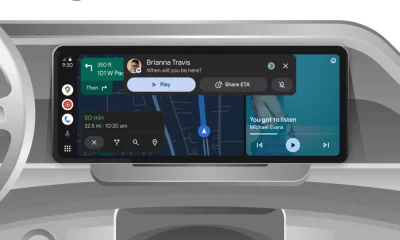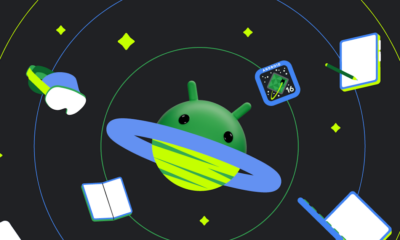Meet the Google Pixel 9a: Launch details, price, features, colors, and more
Pixel phones have always been a top pick for Android fans, thanks to their clever software, long-lasting updates, and special Google perks. Now, the Pixel 9a brings that awesome Pixel vibe at a price that won’t break the bank. It’s Google’s newest mid-range phone, blending cool features from the Pixel 9 series with a wallet-friendly tag. Curious if it’s the phone for you. Here’s the scoop to help you decide.
When It’s Coming, How Much It Costs, and Where to Get It
- Pixel 9a (8GB RAM + 128GB): $499 / CAD 679 / €549 / £499 / Rs. 49,999 (India)
- Pixel 9a (8GB RAM + 256GB): $599 / £599
The Pixel 9a hit the scene on March 19, earlier than last year’s Pixel 8a, which launched in May. Why the rush? Some think it’s tied to Android 16 dropping sooner than usual. Either way, it’s a fresh twist for Google’s mid-range lineup. The 128GB model keeps the same $499 price as the Pixel 8a, while the 256GB option gives you more room for photos and videos—though you’ll need to pay extra since there’s no memory card slot. Google says its camera is the “best under $500,” which sounds promising!
It’s available in places like the U.S., Canada, the UK, Europe, India, Japan, and more. But here’s a hiccup: pre-orders are delayed due to a “component quality issue.” Google hasn’t spilled what’s wrong, but sales should start in April, with exact dates coming soon. Buyers also get neat extras like three months of Google One and YouTube Premium, plus six months of Fitbit Premium.
What’s New with the Pixel 9a?
The Pixel 9a steps up from the Pixel 8a with a bigger screen, a beefier battery (the biggest in any Pixel yet!), and a refreshed camera setup. It runs on Android 15 with seven years of updates promised. Plus, it’s got Google Wallet for kids, letting parents keep tabs on spending—a handy tool for easing worries. While the 8GB RAM might feel light for the long haul, it’s still a solid deal for the price. In short, the Pixel 9a packs a lot of punch without the premium cost. Stay tuned for more as it rolls out!
Google Photos’ magic editor gets a save boost and Gemini Live expands to Android
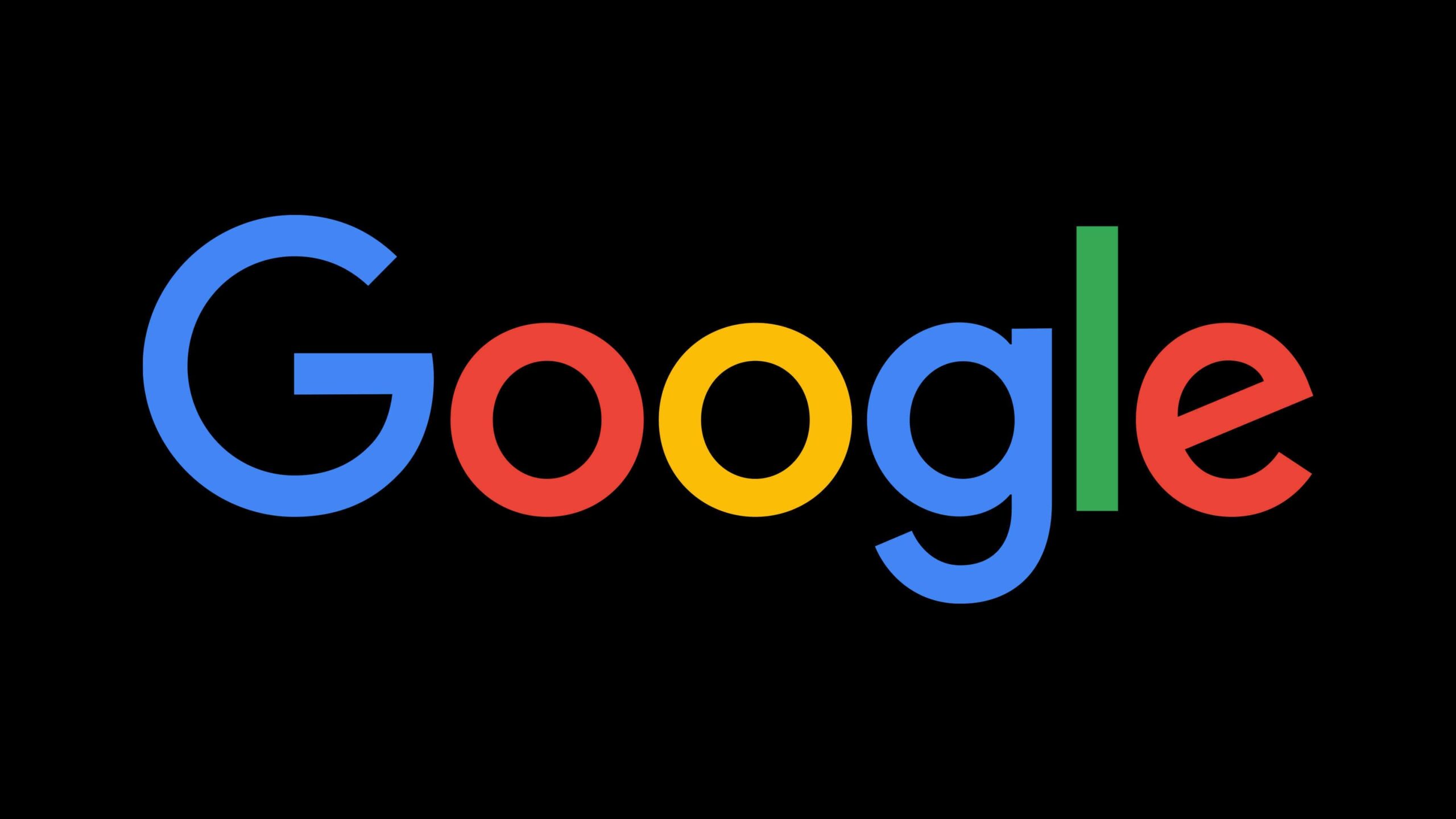
Google Photos is making photo editing simpler with a fresh update to its Magic Editor. This tool now lets users save their edited pictures as new copies, keeping the originals safe. Before, changes were permanent, but now you can tweak your images—like removing unwanted objects or adjusting backgrounds—without worry.
If something goes wrong, like an edit not looking right, Magic Editor also has a quick fix option to undo mistakes easily. This update started rolling out on April 3, 2025, for both Android and iPhone users, though it might take a few weeks to reach everyone.
In other news, Google’s Gemini Live, powered by the Astra AI model, is now available on more Android devices. This feature lets you talk to your phone naturally, like chatting with a friend, to get help with tasks or answers to questions. It’s designed to understand everyday language and respond fast.
The rollout began on April 3, 2025, and is expanding to users worldwide, though some might need to wait a bit depending on their device and location. Gemini Live aims to make your phone smarter and more helpful, whether you’re asking for directions or brainstorming ideas.
Both updates show Google’s push to improve its tools with easy, practical features. Magic Editor’s save and fix options give you more control over your photos, while Gemini Live brings a friendly, voice-powered assistant to your pocket. These changes are rolling out now, so keep an eye on your device for the latest upgrades. Whether you love editing pics or need a hand with daily tasks, Google’s got something new for you to try!
Android
New Android Auto update brings games with a catch
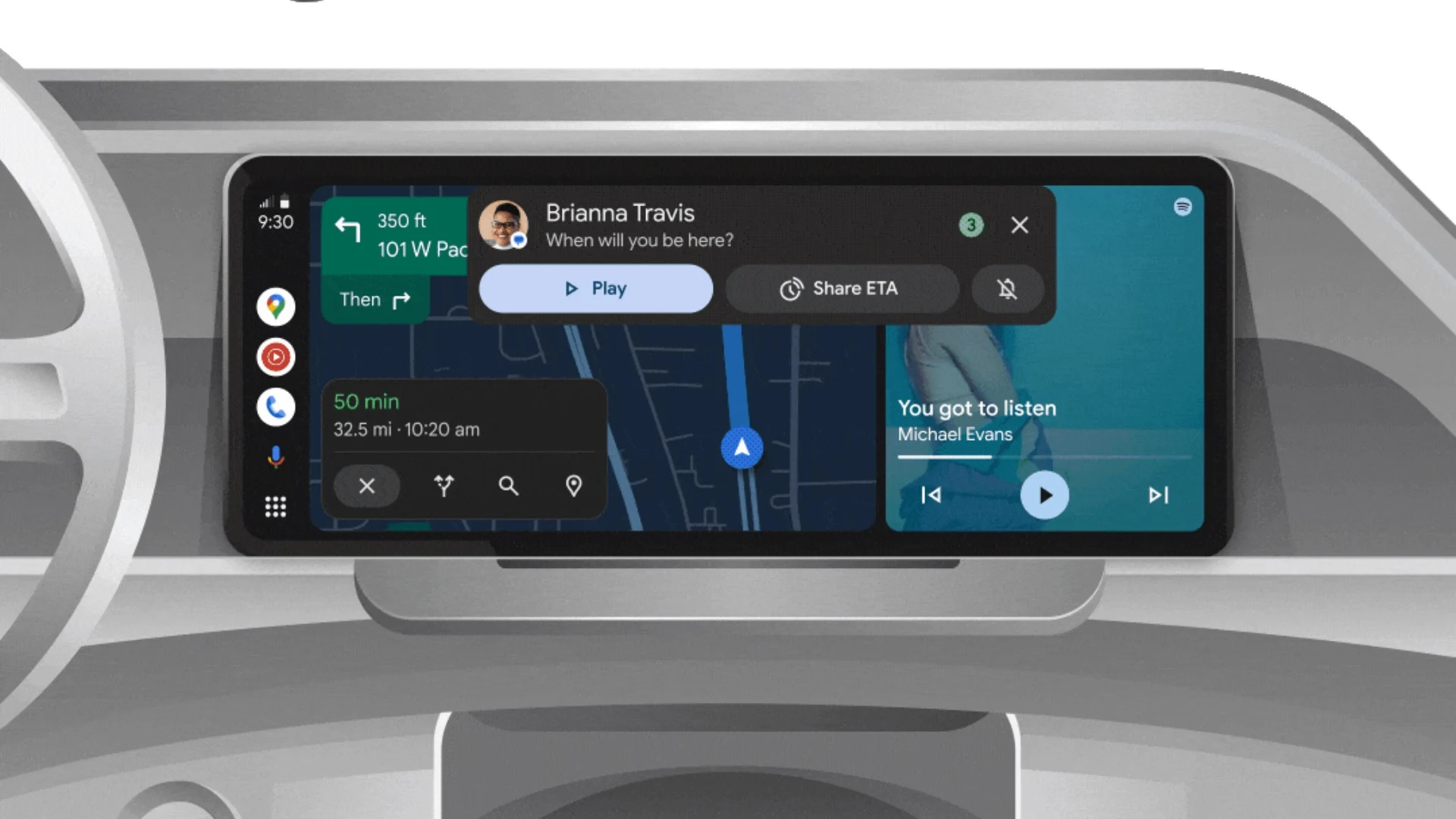
Google is rolling out a fun update for Android Auto, adding games to keep drivers entertained. This change, spotted in the latest Android Auto version (12.0), lets users play simple games right on their car’s screen. However, there’s a small twist: you’ll need to connect your phone to the car with a USB cable.
The update includes a “GameSnacks” feature, which offers quick, easy-to-play games. These are perfect for passing the time during a long wait, like at a charging station or in traffic. The games are lightweight and designed to work smoothly without needing a strong internet connection. But here’s the key detail—wireless Android Auto won’t support this. You must plug in your phone using a cable to enjoy them.
Why the cable rule? It seems Google wants to ensure a stable connection for the games to run well. Wireless setups can sometimes lag or drop, which could ruin the fun. Plus, a wired link might help save battery life on your phone while you play. For now, only a few users have this feature, as Google is testing it slowly.
This isn’t the first time Android Auto has added extras. Over the years, it’s grown from just maps and music to a full dashboard with apps and now games. Still, some might wonder if games could distract drivers. Google likely thought of that, so the feature only works when the car is parked.
If you’re excited to try this, check your Android Auto app for version 12.0. Grab a USB cable, plug in, and see if GameSnacks pops up. It’s a small addition, but it could make those boring waits a lot more fun!
Android
Android 16 brings simpler app controls
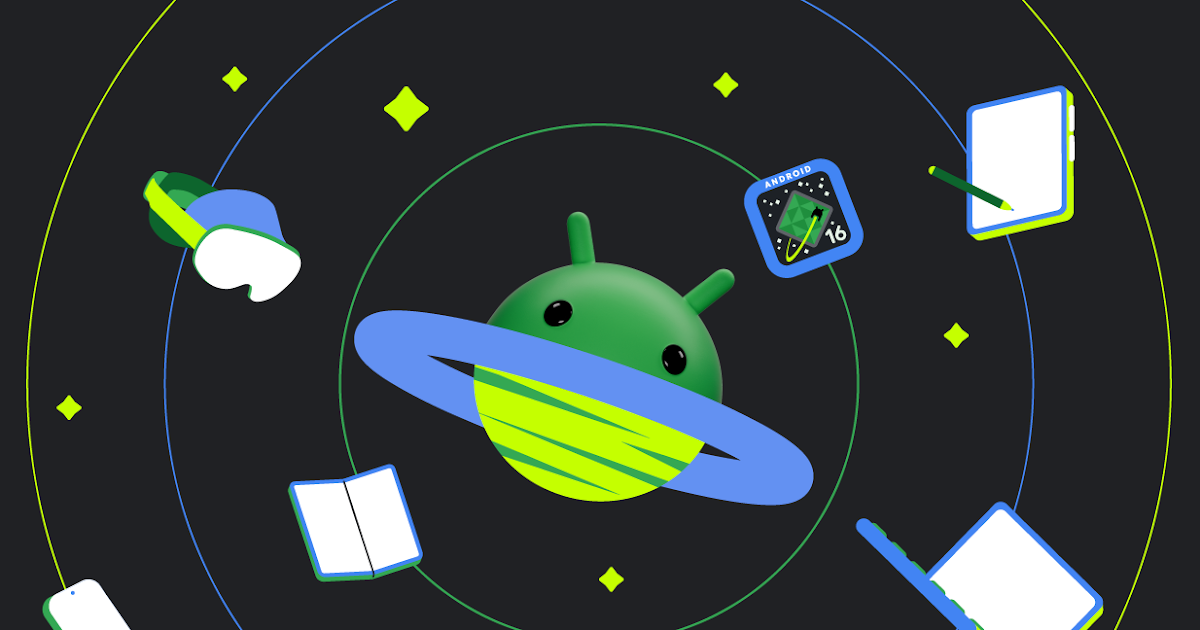
Google is working on Android 16, and it’s set to make managing apps easier than ever. A new feature spotted in the latest test version lets you tweak app settings right from the app’s info page. This means less digging through menus to change how an app works on your phone.
In the current Android setup, if you want to adjust things like permissions or notifications, you often have to jump between different screens. It’s not hard, but it can feel like a chore. With Android 16, everything you need—permissions, data use, and more—will be in one spot. For example, you could quickly turn off an app’s access to your camera or check how much battery it’s eating up, all without leaving that page.
This change comes from something called “App Settings Panels,” which Google is testing now. It’s not live for everyone yet, but it’s a sign of what’s coming. The idea is to save you time and make your phone feel smoother to use. Imagine opening an app’s info and seeing all the key options laid out simply—no extra taps needed.
There’s more good news: Android 16 might roll out sooner than usual. Some rumors say Google could drop it as early as June 2025, instead of the typical fall release. That’s because they’re speeding up how they build and test updates. Of course, this is still in the works, so the exact date could shift.
For anyone who loves keeping their phone just right, this update looks like a win. Fewer steps to control apps mean less hassle and more time enjoying your device. Keep an eye out—Android 16 could change how you handle your apps for the better!
-
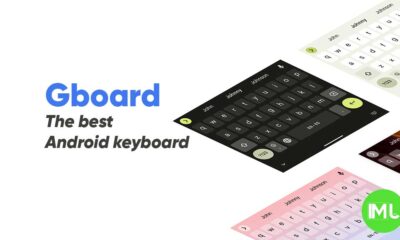
 Apps1 year ago
Apps1 year agoGboard Proofread feature will support selected text
-
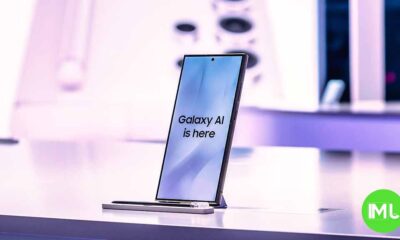
 News1 year ago
News1 year agoSamsung USA crafting One UI 6.1.1
-

 News1 year ago
News1 year agoBreaking: Samsung Galaxy S22 may get Galaxy AI features
-
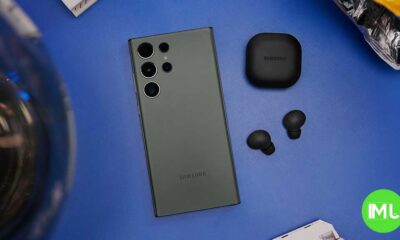
 News1 year ago
News1 year agoSamsung Galaxy S23 Ultra with One UI 6.1 and all S24 AI features revealed
-

 News1 year ago
News1 year agoOne UI 6.1 Auracast (Bluetooth LE Audio) feature coming to many Samsung phones
-

 News1 year ago
News1 year agoSatellite SOS feature coming to Google Pixel phones, evidence leaked
-
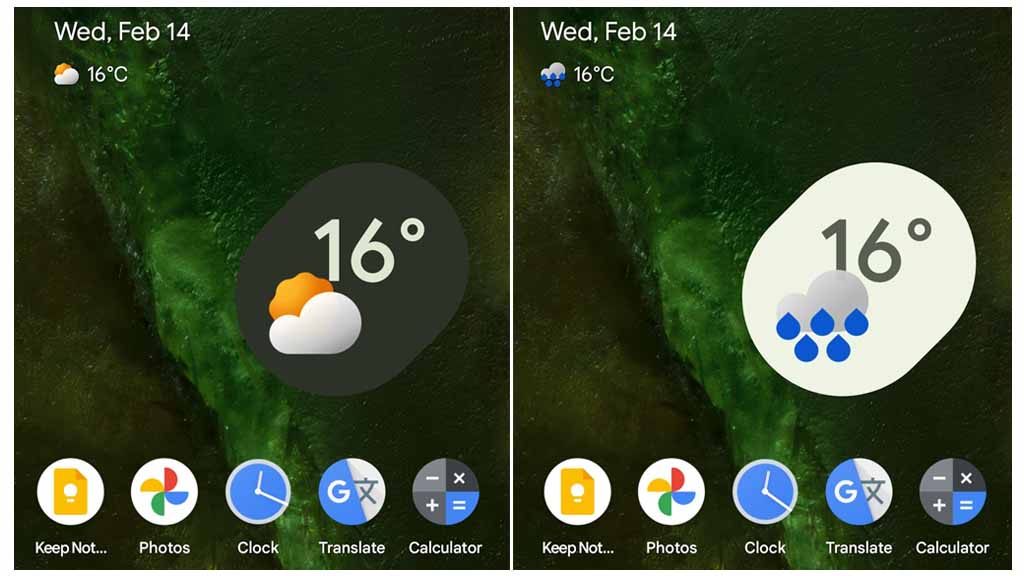
 Apps11 months ago
Apps11 months agoGoogle’s fancy new Weather app is finally available for more Android phones
-
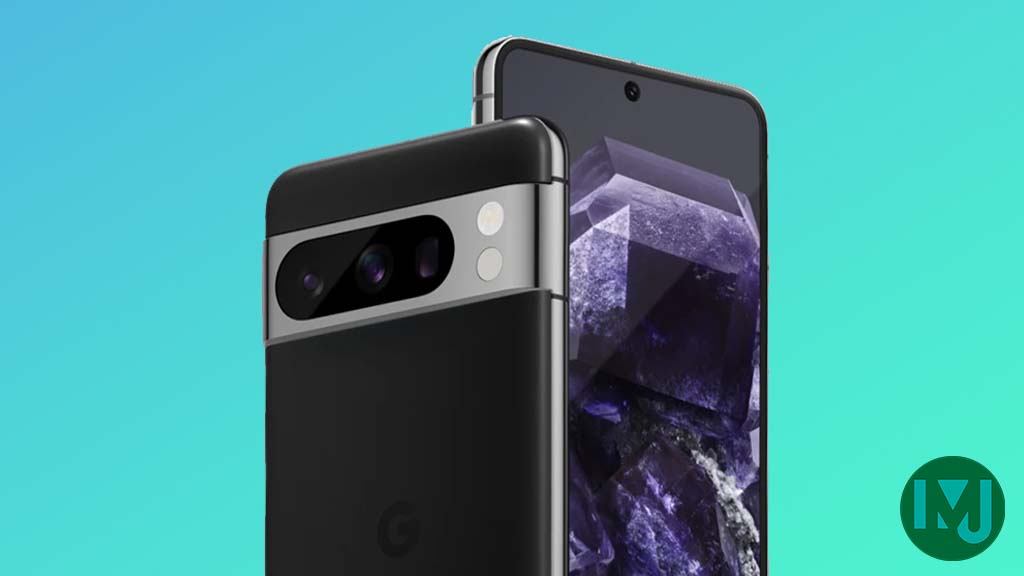
 News1 year ago
News1 year agoGoogle Pixel evolves as Europe’s third best selling flagship



